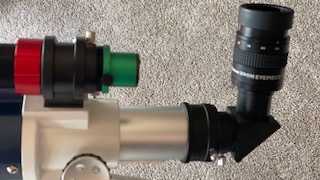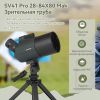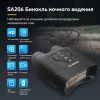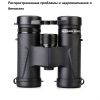Telescope Zoom Eyepieces – What Are They & Should You Use One? What Is A Zoom Eyepiece?
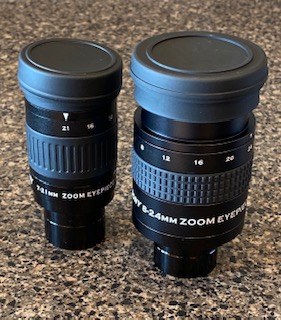
Telescope Zoom Eyepieces – What Are They & Should You Use One? What Is A Zoom Eyepiece?
Telescope Zoom Eyepieces – What Are They & Should You Use One? What Is A Zoom Eyepiece?
Zoom eyepieces are a single eyepiece that you can adjust to alter its focal length which changes magnification. Put the eyepiece into your telescope and by simply turning the barrel of the zoom eyepiece you’ll zoom into or out from whatever you’re looking at.
Advantages Of Zoom Eyepieces
There are a number of advantages to owning an eyepiece that you can alter the magnification of. Some are more obvious than others but what follows is our comprehensive list.
- One Eyepiece Doing The Job Of Many
The two common focal length ranges covered by zoom EPs are 7mm to 21mm,8mm to 24mm, and 10mm to 30mm. You can select any focal length between these minima and maxima, which gives a lot of variety of magnification.
In a regular collection of fixed eyepieces, we might find 10mm, 15mm, 20mm,25mm, and30mm. In this example, a zoom eyepiece can replace five stand-alone eyepieces and offers magnification in between each of those sizes which you wouldn’t have without it.
This is the most obvious advantage to owning an adjustable eyepiece: you have one eyepiece doing the job of five.
Coupled with a Barlow lens this number is doubled, so now you have two eyepieces doing the job of six individual ones (five standard and a Barlow).
- Cheaper Than Owning Separate Eyepieces
Hand in hand with our first advantage goes one of price. It is almost always going to be the case that one zoom eyepiece cost less than four individual fixed focal length eyepieces.
While it certainly isn’t the best zoom eyepiece available, you can see how it will be cheaper to buy this than five Equal quality separate eyepieces.
- No Changing Of Eyepieces
With a zoom eyepiece, there is no swapping between eyepieces to change the magnification. Let’s say you have a planet in view at low magnification. Normally, to increase magnification, you would have to switch out for another eyepiece.
Not with a zoom though! With a zoom eyepiece, there is no need to break away from your observing to change the focal length. Instead, simply rotating the collar will increase magnification, letting you see more detail on the planet’s surface.
Depending on the model you have, you may still need to adjust your telescope’s focus, but if you go for a parfocal model, like this one from Orion, you won’t have to.
The internal lenses of a parfocal zoom eyepiece move inside the barrel as the focal length is adjusted to keep focus. Ranges of fixed eyepieces can also be parfocal, like the F9152X range from Svbony.
- Match Magnification To Seeing Conditions
Having the flexibility of focal length means you can make small adjustments to reflect the current seeing conditions. Rather than having to swap between your standard eyepieces, small adjustments of the barrel on your zoom may be all that is needed to present a decent image.
- Put You More In Touch With Space
This last advantage comes through a combination of others we’ve already looked at.
Being able to seamlessly move from one magnification to another, without breaking off to change eyepieces, and being able to make the most of poor seeing conditions means longer spells of time at the eyepiece.
Not having to break away from your view gives you the feeling that your telescope is no longer there and, instead, you are looking out into space through a window.
As you move from low to high magnification, for example, you can see double stars split in real-time, planetary surface features ping into existence that you couldn’t see a moment ago, and you’ll tease out new details that might be missed when swapping from one eyepiece to another.
In summary, you can always find the best magnification for the job you’re doing and you can always find the sweet spot for the conditions. Your astronomy could be much more rewarding with a zoom eyepiece than it is with individual eyepieces.
